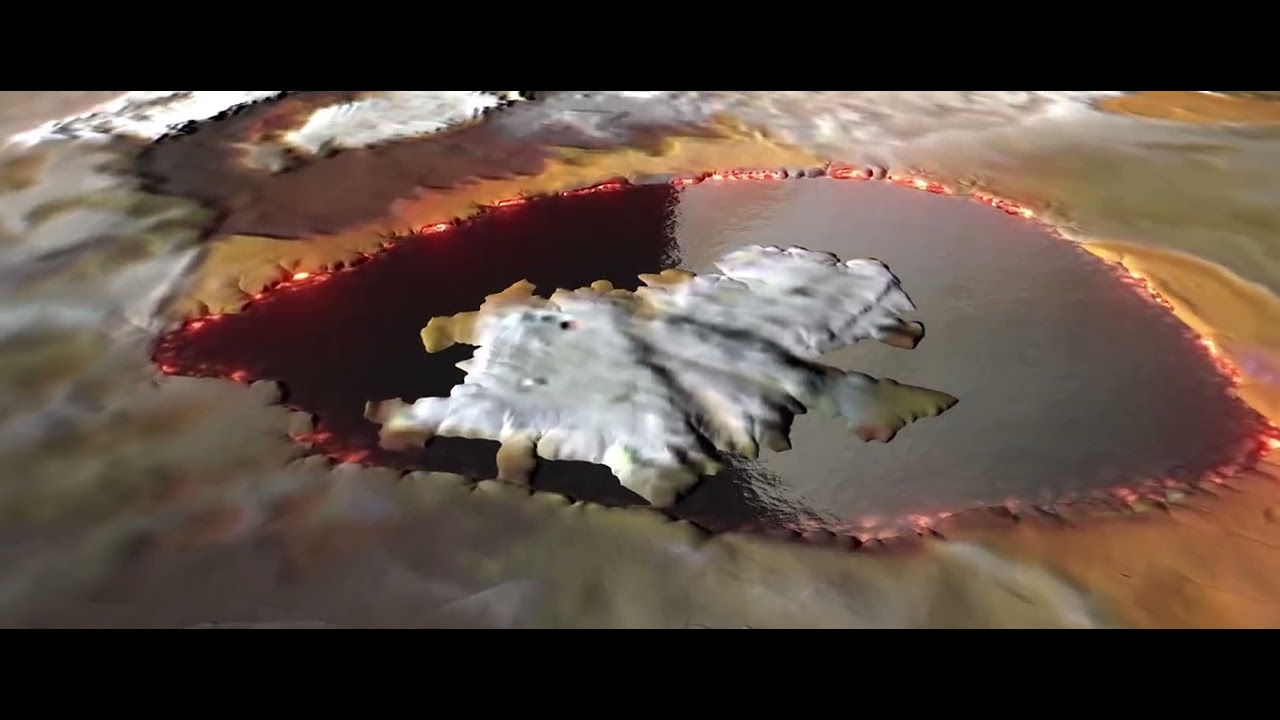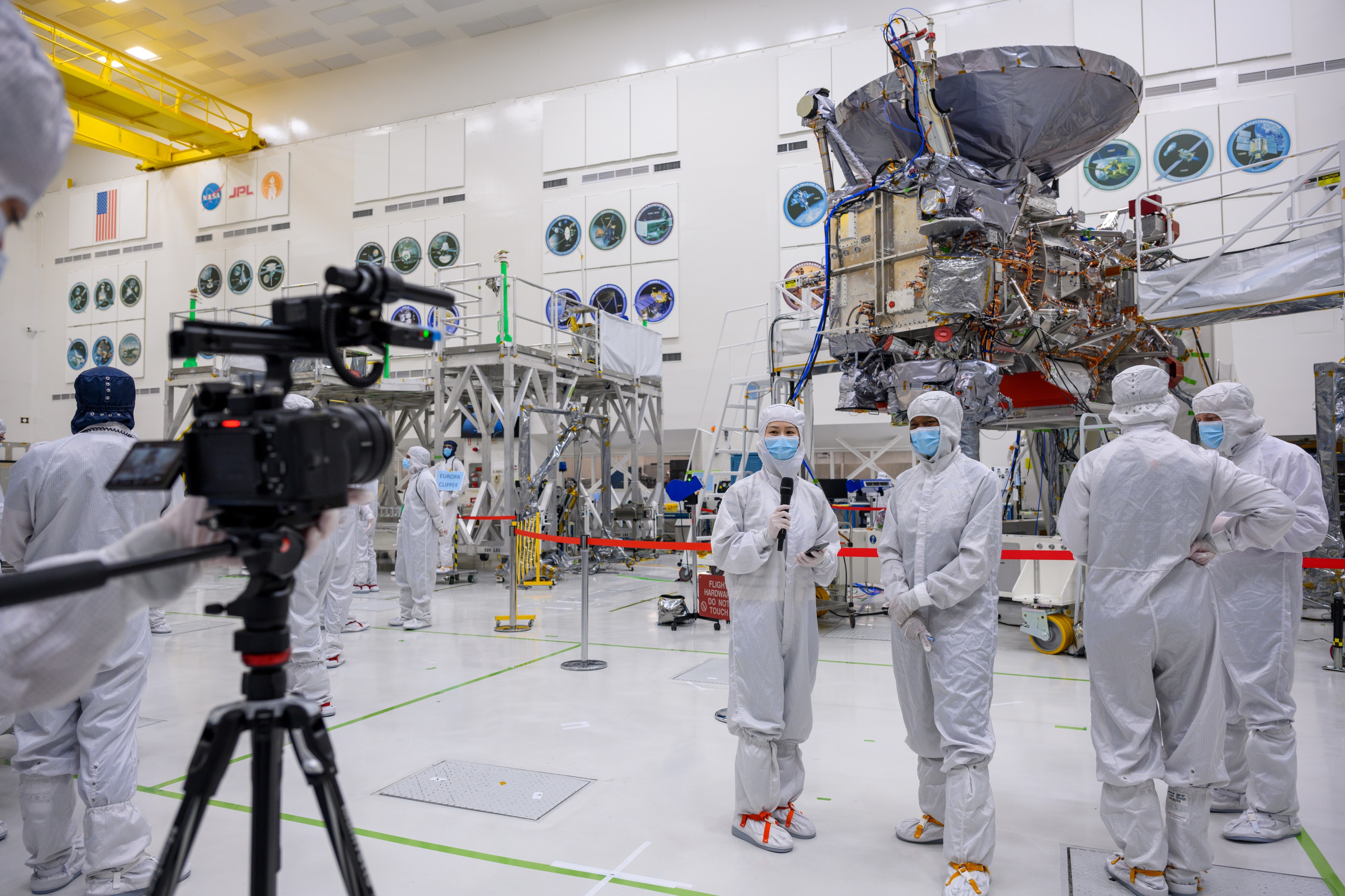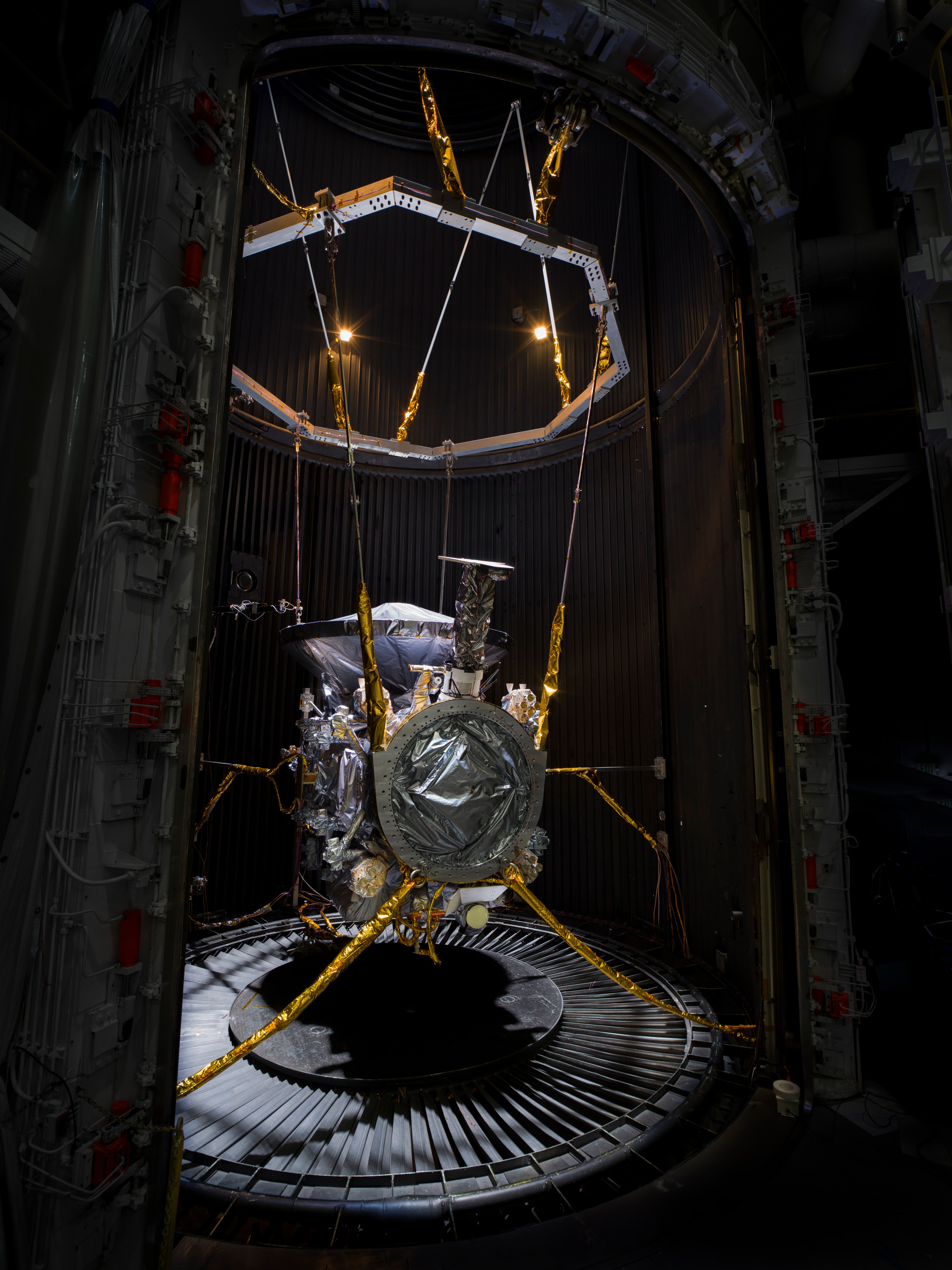2 min read
Two Spacecraft See New Plume Activity on Jovian Moom Io
March 29, 2001
Contact:
Guy Webster, JPL, (818) 354-6278
Lori Stiles, University of Arizona, (520) 626-4402
Two NASA spacecraft jointly observing Jupiter's moon Io this winter
captured images of a towering volcanic plume never seen before and a
bright red ring of fresh surface deposits surrounding its source.
Combined information from images taken by the Cassini and Galileo
spacecraft indicates the new plume is about the same size -- nearly 400
kilometers or 250 miles high -- as a long-lived plume from Io's Pele
volcano. Pele's plume and ring are also seen in the new images.
 |
The images and further information about them are available online from
NASA's Jet Propulsion Laboratory, Pasadena, Calif., at:
http://www.jpl.nasa.gov/pictures/jovianmoons
http://saturn.jpl.nasa.gov/multimedia/
from the web sites of the Cassini Imaging Science team at the University of
Arizona, Tucson, at:
http://ciclops.lpl.arizona.edu/
and from the University of Arizona's
Planetary Image Research Laboratory, at:
http://pirlwww.lpl.arizona.edu/Galileo/Releases/ .
The new plume originates from a volcanic feature named Tvashtar Catena
near Io's north pole. Scientists were astounded to discover so large a
plume so near the pole, because all active plumes previously detected on
Io have been over equatorial regions and no others have approached Pele's
in size, said University of Arizona planetary scientist Dr. Alfred McEwen.
Galileo might pass right through the Tvashtar plume in August, if the
plume persists until then. The spacecraft will be flying over that part of
Io at an altitude of 360 kilometers (224 miles). Material in the plume is
tenuous enough to present little risk to the spacecraft, and passing
through it could give an opportunity to analyze the makeup of the plume,
said Dr. Torrence Johnson, Galileo project scientist at JPL.
Additional information about Cassini-Huygens is online at http://saturn.jpl.nasa.gov.
The Cassini spacecraft is scheduled to arrive at Saturn in July 2004 to
begin a four-year exploration of the ringed planet and its moons. The
Cassini mission is managed by NASA's Jet Propulsion Laboratory in Pasadena,
Calif., for NASA's Office of Space Science, Washington, D.C. JPL is a
division of the California Institute of Technology in Pasadena.
Media Relations Office
Jet Propulsion Laboratory
California Institute of Technology
National Aeronautics and Space Administration
Pasadena, Calif. 91109.
Telephone (818) 354-5011







